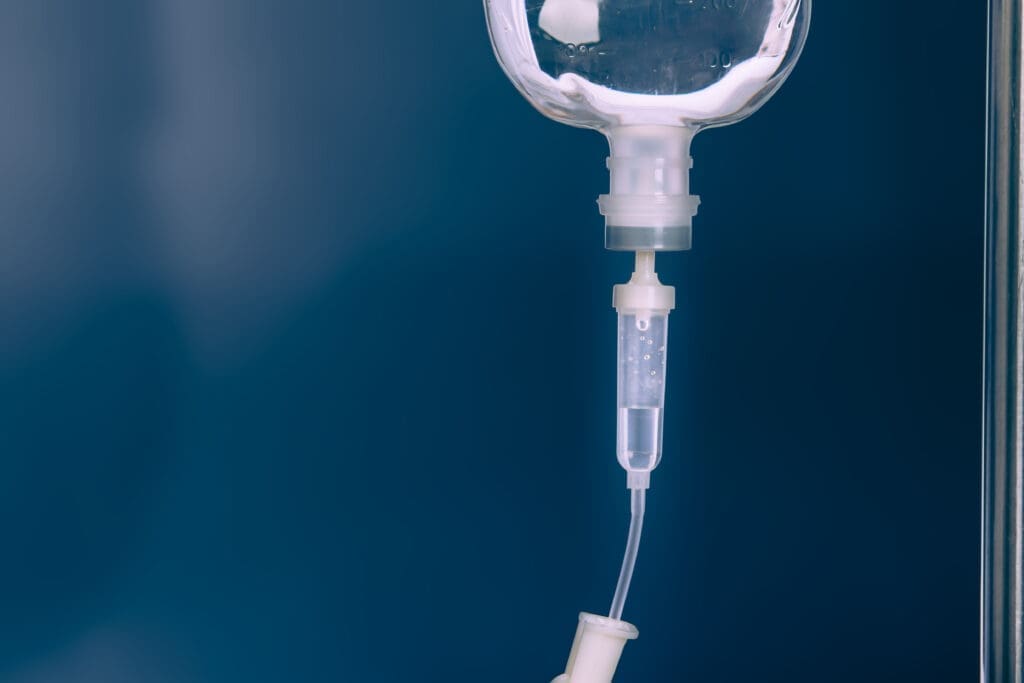创新故事
新西兰纳皮尔港

介绍
Port of Napier, located on the east coast of New Zealand’s North Island, is the primary export seaport for the country’s central region. It operates 24 hours a day, seven days a week. By the first decade of the 2000s, throughputs at the port have approximately doubled, according to Clarke Curtis, the port’s Infrastructure Maintenance Manager.
挑战
The growth of the port’s throughputs was accompanied by an increase in heavy forklift and shipping container operations (front-axle loads of 100 tones/110 US short tons), causing severe pavement ruts of up to 85 mm (3.3 in) in the wheel paths. These ruts required constant maintenance as the forklifts would shake when passing over them.
决议
In 2010, New Zealand-based road infrastructure contractor Higgins proposed the use of HiMA to solve the problem. The new 20-year design life solution called for 10 cm (4 in) of HiMA-modified SP28 asphalt concrete on top of cement-stabilized, 75 cm of crushed river gravel; followed by 5 cm (2 in) of SP12.5 asphalt concrete wearing course using PG64E-22 SBS bitumen. That same year, the solution was applied to 420 m2 (4,521 ft2) of the heavily rutted section. Later that year, an additional 2,700 m2 (29,062 ft2) was paved with HiMA at the port.
Nine years and an estimated 700,000 20-ft equivalent units later, the trial section shows no signs of structural distress. “Deformation is estimated at less than 5 mm (0.2 in), and no cracking has been observed,” says Sean Bearsley, Technical Innovation and Implementation Manager, Higgins.
Following its experience at the port, Higgins constructed additional HiMA pavements in New Zealand. They include state highways, municipal streets, and additional port facilities totaling approximately 110,000 m2 (1.2 million ft2) of pavement.
相关产品和信息
延伸阅读
探索更多见解、新闻和成功案例。










